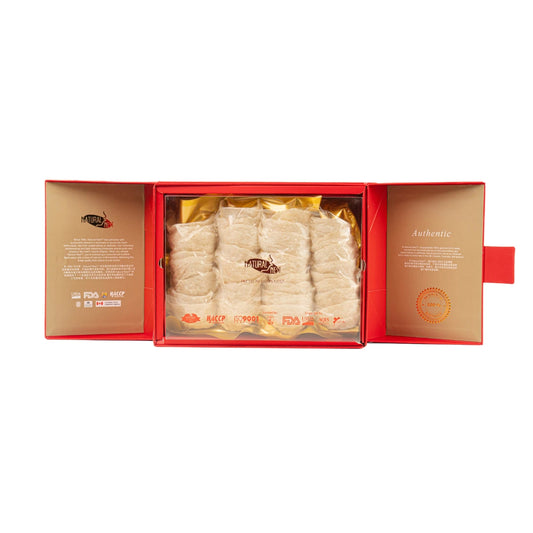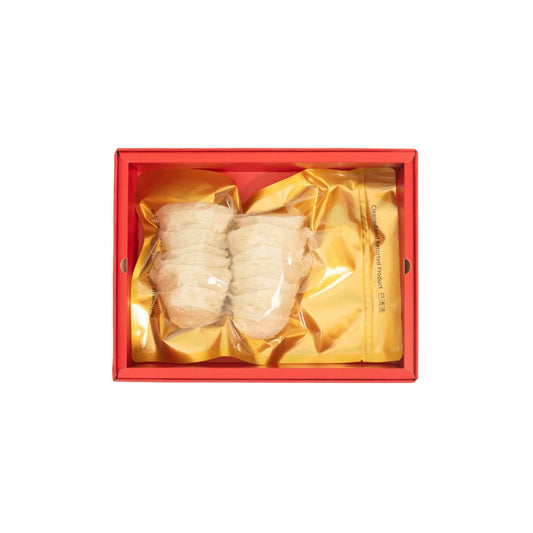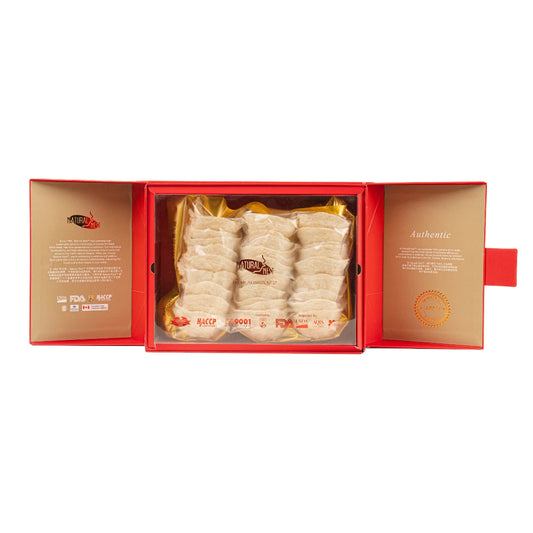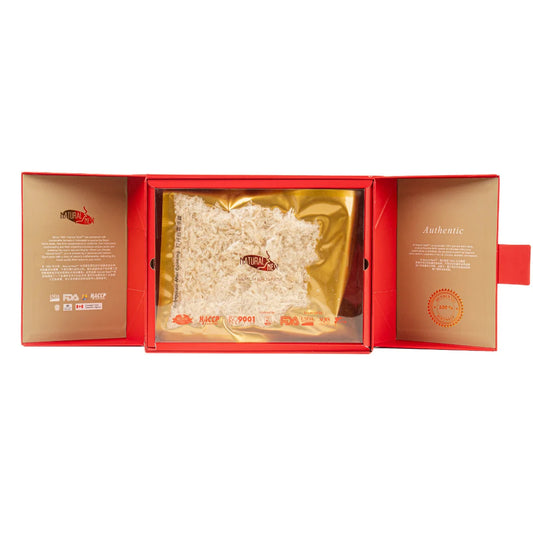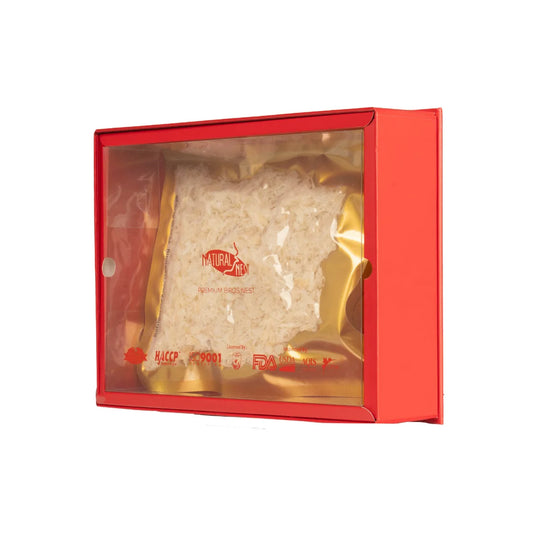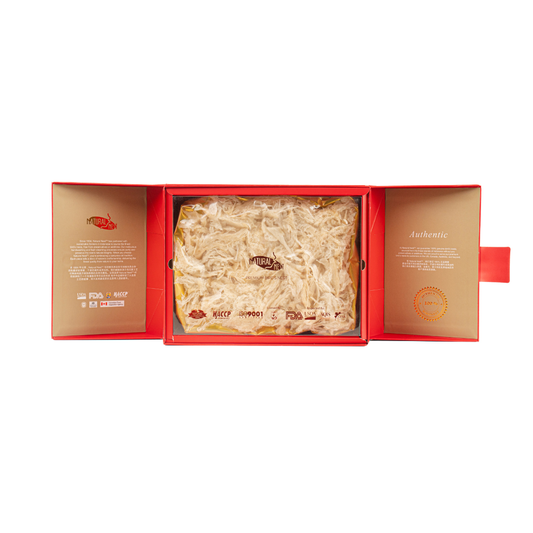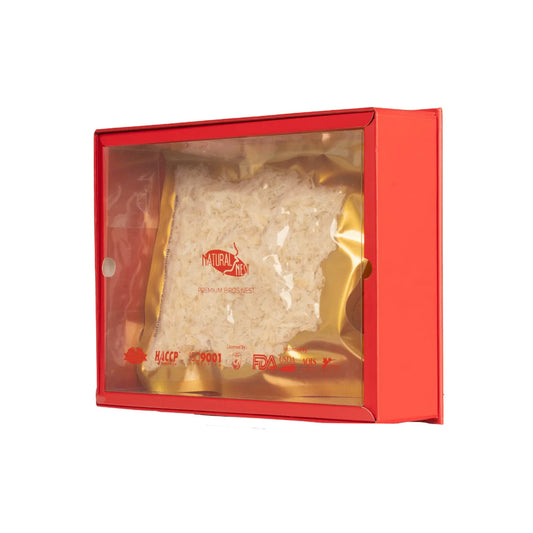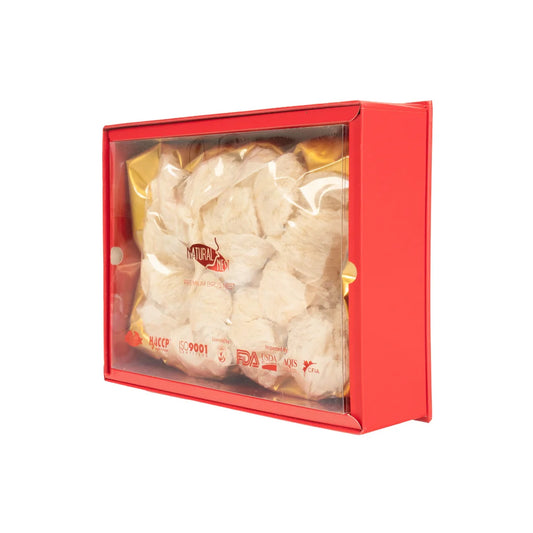Lunar New Year is one of the most vibrant and culturally significant celebrations around the world. It marks the beginning of a new lunar calendar and is celebrated by millions, particularly in China, Vietnam, Korea, and other parts of Asia. The holiday is rich with tradition, symbolizing renewal, prosperity, and family unity. However, as with many global festivities, the environmental impact of these celebrations is often overlooked. From fireworks to excessive food waste, Lunar New Year traditions can have a considerable ecological footprint. In response to growing environmental concerns, many are now seeking ways to make the holiday more sustainable, ensuring that future generations can continue to enjoy these traditions without compromising the planet’s health.
Sustainable Practices in Lunar New Year Celebrations
As the world grapples with the environmental crisis, there’s a rising movement to make Lunar New Year celebrations more eco-friendly. This shift starts with reducing waste in decorations and gifts. Traditionally, Lunar New Year is marked by an abundance of bright, colorful decorations, including plastic flowers, red lanterns, and paper cuttings. Today, many are turning to reusable, sustainable materials—such as fabric lanterns and upcycled decorations—to replace single-use items. This change not only reduces waste but also supports the principles of mindful consumption.
Similarly, the tradition of giving red envelopes, or hongbao, filled with money, is evolving. While these envelopes are a symbol of good luck and prosperity, they are often made from plastic or non-recyclable materials. To address this, more people are embracing digital red envelopes or using eco-friendly paper alternatives. This not only makes the tradition more sustainable but also reflects the growing trend of digitalization and reducing unnecessary waste in the gifting process.
Eco-Conscious Food Choices for the Festivities
Food plays a central role in Lunar New Year celebrations, with dishes symbolizing health, wealth, and prosperity. However, the amount of food consumed during the holiday can be overwhelming, often leading to significant food waste. To address this, many families are making a conscious effort to reduce waste by planning meals more efficiently and opting for smaller portion sizes. Others are choosing locally sourced, organic ingredients that have a lower environmental impact.
In addition, there’s a growing interest in plant-based dishes during the holiday. Traditional Lunar New Year meals, such as dumplings, spring rolls, and nian gao (glutinous rice cake), can be made with plant-based ingredients, reducing the carbon footprint associated with animal agriculture. The incorporation of more sustainable ingredients into traditional recipes helps maintain the spirit of the holiday while also aligning with global environmental goals.
Greener Alternatives to Fireworks
One of the most iconic features of Lunar New Year is the use of fireworks, which are believed to scare away evil spirits and bring good luck for the coming year. However, fireworks contribute significantly to air pollution, noise pollution, and waste. As cities become more environmentally conscious, many are now opting for greener alternatives. For example, some regions have replaced traditional fireworks with light shows, including drone light displays that create beautiful, eco-friendly visual spectacles without emitting harmful pollutants. This shift toward technology-driven celebrations allows the essence of the holiday to remain intact while mitigating its environmental impact.
The Future of Sustainable Lunar New Year Traditions
As sustainability becomes increasingly important, the future of Lunar New Year traditions will likely be shaped by innovation and mindfulness. In the coming years, more families may choose sustainable gifts, such as handmade crafts or experiences, over material goods that contribute to consumerism. Additionally, the concept of “mindful consumption” is expected to play a larger role, encouraging people to cherish quality over quantity, reducing waste, and making more environmentally conscious choices throughout the holiday.
For instance, some may embrace a "green" approach to Lunar New Year feasts by cooking simpler meals with less waste and avoiding overproduction of food. Others may incorporate eco-friendly packaging and wrapping for gifts, reducing the amount of single-use plastic and non-recyclable materials.
Conclusion: A Harmonious Balance of Tradition and Sustainability
Lunar New Year is a time of celebration, family bonding, and honoring cultural traditions. As the world becomes more aware of its environmental impact, these age-old customs are being reimagined to align with sustainable practices. From eco-friendly decorations and digital red envelopes to greener fireworks and plant-based dishes, the future of Lunar New Year celebrations is one that balances tradition with innovation. By embracing sustainability, we ensure that future generations can continue to enjoy the richness of the holiday while preserving the planet for years to come.

